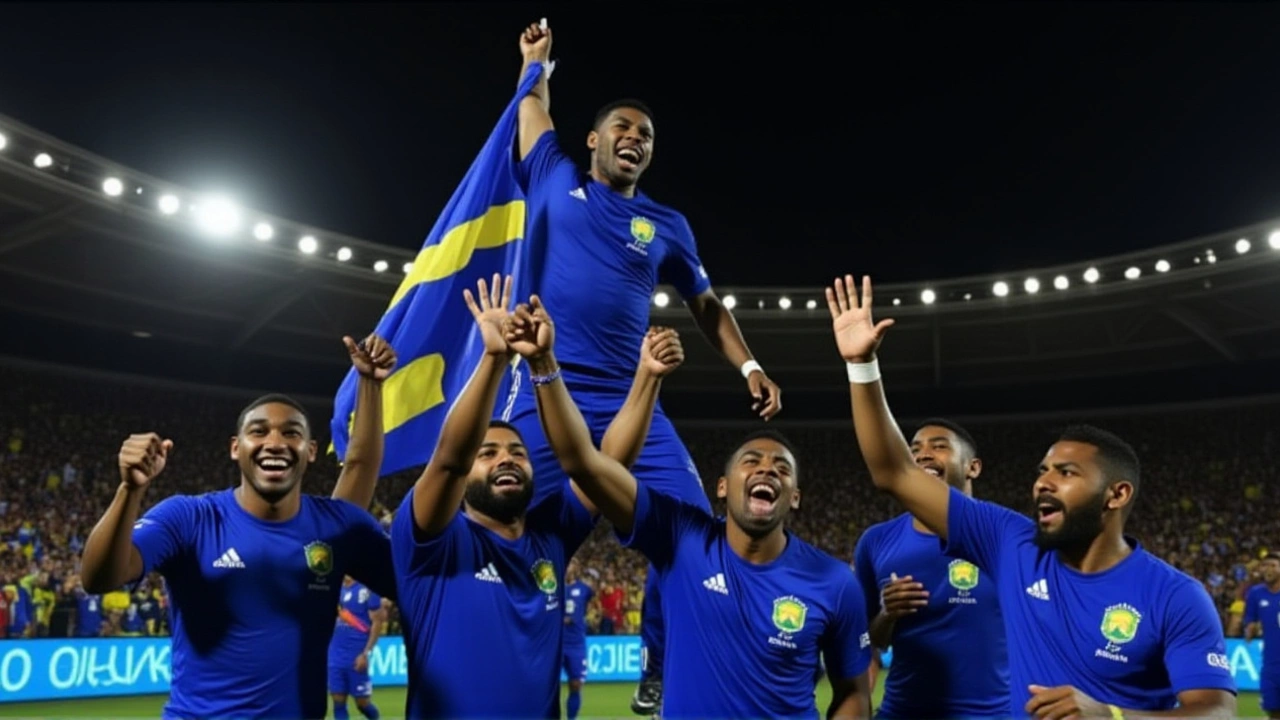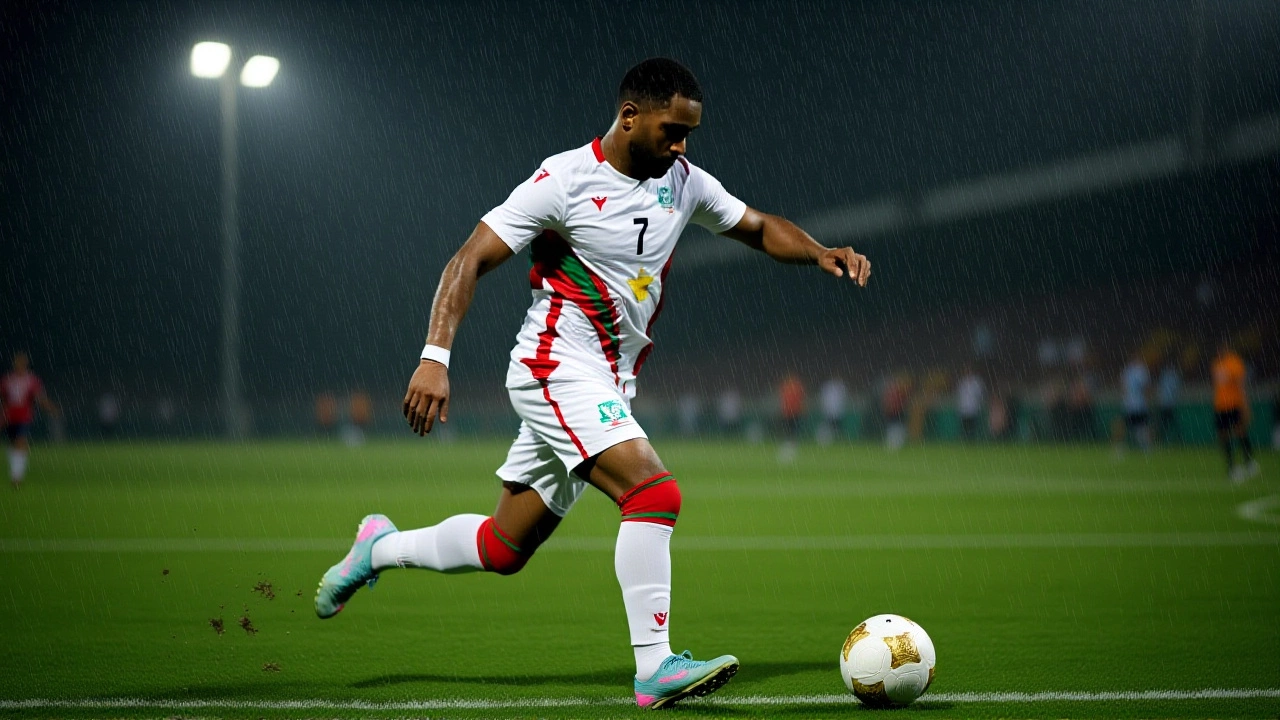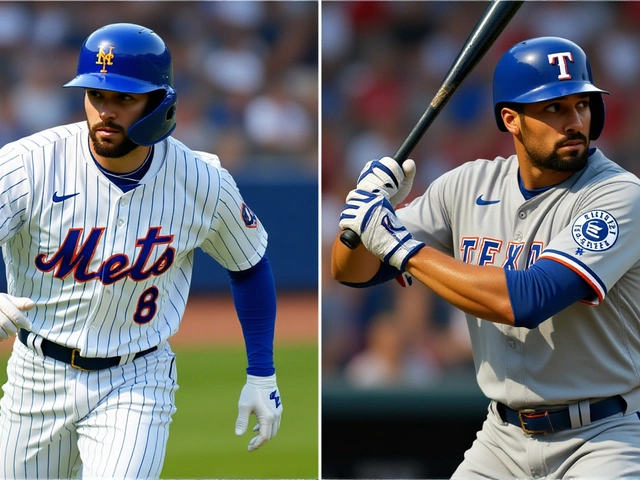
On the final day of CONCACAF World Cup qualifyingacross the Caribbean and Central America, football history was rewritten. Curaçao became the smallest nation ever to qualify for a 2026 FIFA World Cup, while Haiti ended a half-century absence, and Panama sealed their return with a commanding win. The drama unfolded on November 19, 2025, as fans from Curaçao to Guatemala City held their breath — and then erupted.
A Tiny Nation’s Giant Leap
Curaçao, with a population of just 160,000, didn’t win. They didn’t need to. A 0-0 draw against Jamaica was enough. The Reggae Boyz had chances — a late penalty appeal waved off, a flurry of shots in the final minutes — but Curaçao held firm. It wasn’t pretty. It wasn’t dominant. But it was perfect. "We’re super proud," said one Curaçao player during post-match celebrations captured by AFP News Agency. "You guys did great. I didn’t expect this because I thought Jamaica was a strong team, but we did it. Finally, we did it. We will show everyone that we are small, but we are big at heart." This isn’t just feel-good storytelling. It’s structural. Curaçao hasn’t competed as an independent nation since the dissolution of the Netherlands Antilles in 2010. Now, they’re not just participants — they’re pioneers. The smallest country ever to reach a World Cup finals. Bigger than Luxembourg. Bigger than Iceland. Bigger than any nation in football history.Haiti’s Return After 50 Years
Meanwhile, in Port-au-Prince, the streets were silent until the final whistle. Then, they exploded. Haiti crushed Nicaragua 2-0, ending a 50-year drought since their last World Cup appearance in 1974. That’s longer than most fans have been alive. Longer than the careers of three generations of Haitian players. The goals came from midfielders nobody outside the Caribbean had heard of. The defense, organized and fearless, kept Nicaragua’s attack at bay. For a nation that’s endured political turmoil, natural disasters, and economic hardship, this wasn’t just a win — it was a reclamation. "This is for every child who dreamed in the slums," said Haitian coach Jean-Jacques Pierre in a post-match interview. "They told us we didn’t belong. Today, we proved them wrong."Panama’s Return to the Big Stage
Panama didn’t need drama. They just needed to win. And they did — 3-0 over El Salvador in Panama City. Goals from Blas Pérez (a veteran returning from retirement), Abel Aguilar, and a stunning strike from 21-year-old Yendry Torres sent the home crowd into a frenzy. This is Panama’s third World Cup appearance, but their first since 2018. They were the only team in Group A to win their final match outright. No luck. No controversy. Just pure, disciplined football. "We’ve been here before," said captain Román Torres. "But this time, we’re not just showing up. We’re ready to compete."
The Shockwave: Suriname’s Miracle and Honduras’ Heartbreak
If Curaçao’s story was quiet resilience, Suriname’s was pure chaos. In Guatemala City, Suriname lost 3-1 to Guatemala. They were outplayed. Outclassed. Out of it. Then, in the 93rd minute, Nicolas Samayoa of Guatemala tried to clear a cross. He mis-hit it. The ball looped over his own keeper. The net bulged. The ISB crew called it "a garbage time goal that you thought was meaningless." But it wasn’t. That own goal pushed Suriname ahead of Honduras in the standings. Honduras, a regional powerhouse that’s played in five World Cups, was eliminated. "One moment," said ISB analyst Carlos Méndez. "One mistake. One moment. And a nation’s dream dies. Another’s begins."What’s Next: The Playoffs and the Bigger Picture
Jamaica and Suriname now face off in the FIFA Play-off Tournament in Mexico in March 2026. The winner gets the 48th and final spot at the 2026 FIFA World Cup, hosted jointly by the United States, Mexico, and Canada. This is the first World Cup with 48 teams. And it’s the first time three nations have co-hosted. The stakes? Higher than ever. The underdogs? More visible than ever.
Why This Matters Beyond the Pitch
Football has always been more than sport in the Caribbean. It’s identity. It’s resistance. It’s hope. Curaçao’s qualification didn’t just make headlines — it made people believe. Belief that a tiny island with no professional league can beat giants. That a nation recovering from decades of instability can stand shoulder-to-shoulder with Brazil and Germany. Haiti’s return is a rebirth. Panama’s win proves experience still counts. And Suriname’s miracle? It’s football’s version of a Shakespearean plot twist — where the villain’s mistake becomes the hero’s salvation.Frequently Asked Questions
How did Curaçao qualify with only a draw?
Curaçao finished second in Group B with 10 points, tied on points with Jamaica but ahead on head-to-head result (the 0-0 draw counted as a better tiebreaker than Jamaica’s loss to Panama). Even though they didn’t win their final match, their consistent performance across six games — including wins over El Salvador and Trinidad and Tobago — gave them the edge. The draw was enough because Jamaica needed a win to leapfrog them.
Why is Curaçao considered the smallest nation ever to qualify?
With a population of approximately 160,000, Curaçao is smaller than any previous World Cup qualifier — including Iceland (340,000) in 2018 and Wales (3.1 million) in 2022. Even smaller nations like San Marino and Gibraltar have never qualified. Curaçao’s achievement breaks a record that stood for decades, making it a landmark moment for small nations in global football.
What role did the 93rd-minute own goal play in Suriname’s playoff spot?
The own goal by Guatemala’s Nicolas Samayoa gave Suriname a 2-1 final score, pushing them to 10 points in Group B. Honduras, who drew 0-0 with Costa Rica, remained on 9 points. That single goal changed the entire group standings — eliminating Honduras, a five-time World Cup participant, and sending Suriname to the playoffs for the first time in their history. It’s one of the most dramatic goal-line decisions in CONCACAF qualifying history.
Who are the other debutants at the 2026 World Cup?
Alongside Curaçao, debutants include Cape Verde (from Africa), Jordan (Asia), and Uzbekistan (Asia). These are the first World Cup appearances for all three. Curaçao’s qualification is unique because it’s the first time a Caribbean island nation — outside of Jamaica, Trinidad and Tobago, or Haiti — has made it directly to the finals. Their journey reflects the growing depth of CONCACAF football beyond the traditional powers.
How does the 2026 World Cup format differ from previous tournaments?
The 2026 tournament expands to 48 teams, up from 32. It’s the first to be hosted by three countries: the United States, Mexico, and Canada. The group stage will have 12 groups of four teams, with the top two from each group advancing, plus eight best third-place finishers. The playoff tournament in March 2026 will determine the final spot, making every match in the final qualifying window critically important.
What does this mean for Caribbean football moving forward?
The success of Curaçao, Haiti, and Suriname signals a new era. Smaller nations are no longer just footnotes — they’re contenders. Investment in youth academies, better infrastructure, and regional cooperation are paying off. FIFA’s increased funding for CONCACAF development programs is finally bearing fruit. The Caribbean may not dominate the World Cup, but it’s no longer an afterthought. It’s a force.



